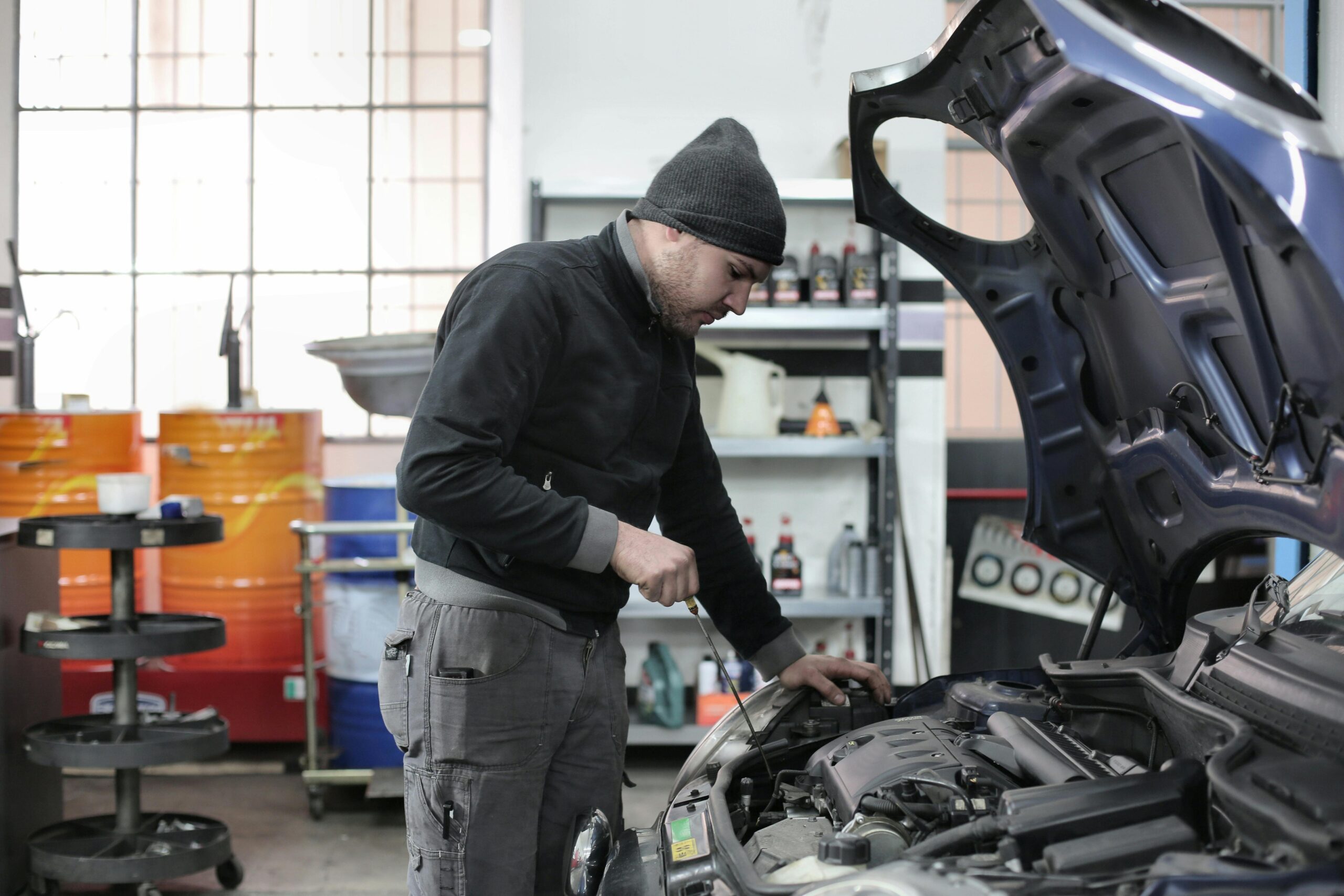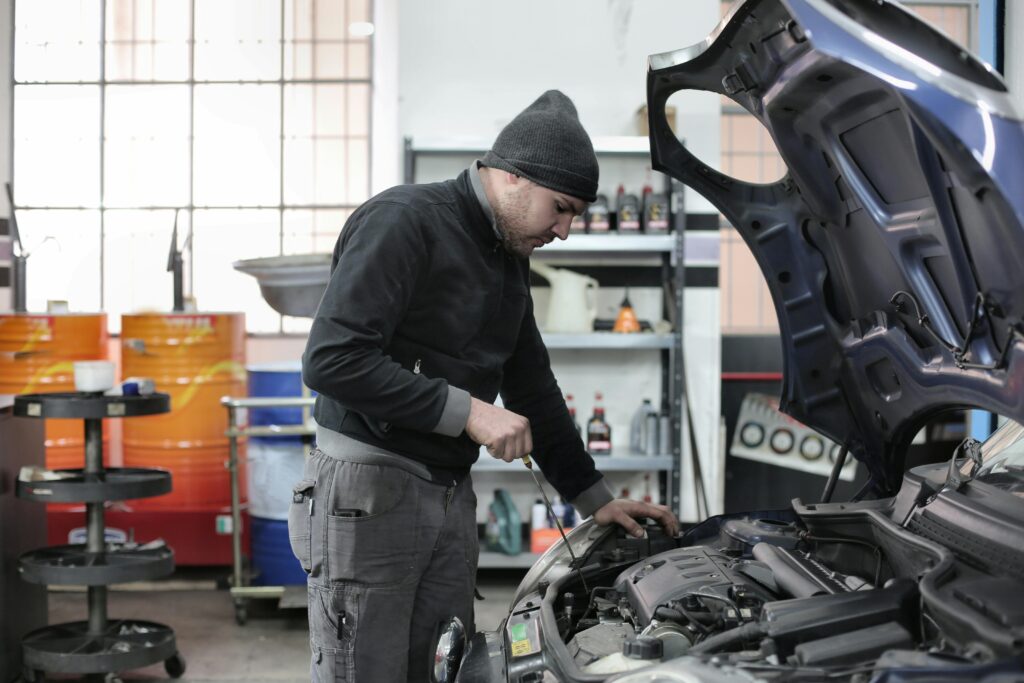
Planning a road trip can be exciting, but it’s essential to ensure your vehicle is in top shape before hitting the road. For those who have never embarked on a lengthy journey, here are some crucial checks and tips to ensure a smooth and safe trip.
1. Check Your Fluids

Fluids are the lifeblood of your vehicle, and maintaining their levels is critical for performance and safety.
- Engine Oil: Ensure the oil level is correct and that the oil is clean. If your last oil change was over 3,000-5,000 miles ago, consider getting it changed before your trip.
- Coolant: Check the coolant level and top it up if necessary. This will prevent your engine from overheating.
- Brake Fluid: Essential for your vehicle’s braking system, check its level and top it off if needed. If the fluid looks dirty, have it changed.
- Transmission Fluid: Check the level and color. It should be a clear reddish color. If it looks dark or has a burnt smell, consider changing it.
- Power Steering Fluid: Ensure it’s at the correct level to maintain easy steering.
- Windshield Washer Fluid: Top up the washer fluid to ensure a clear windshield in case of dirt or bugs.
2. Inspect Your Tires
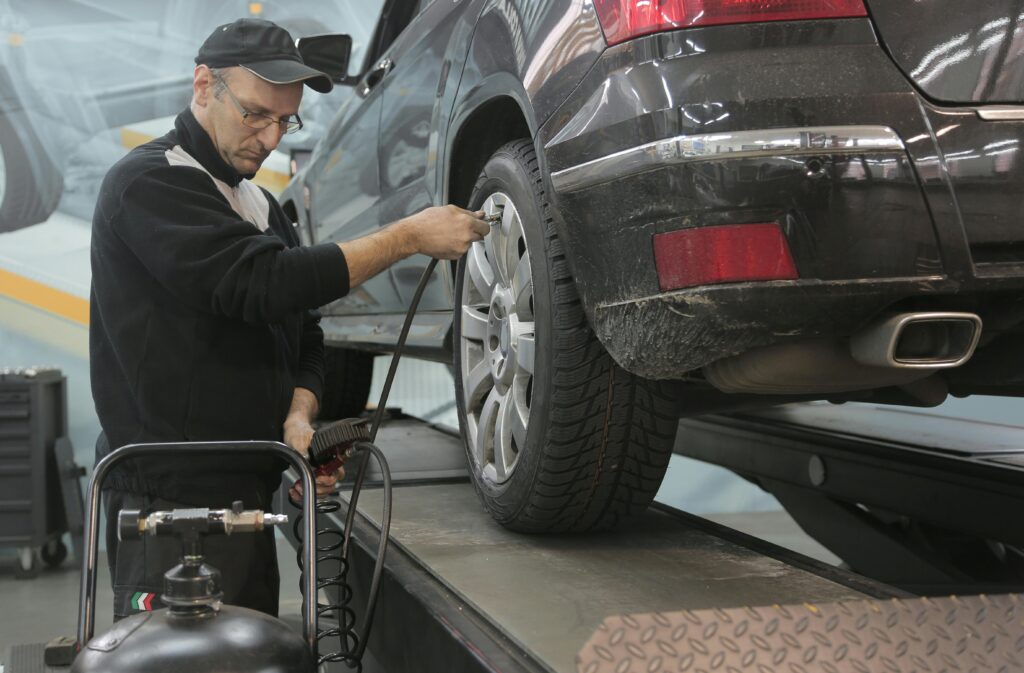
Tires are crucial for safety and fuel efficiency.
- Tire Pressure: Check the pressure of all tires, including the spare. Refer to your vehicle’s manual for the correct pressure.
- Tread Depth: Ensure your tires have adequate tread. Use a tread depth gauge or the penny test (insert a penny into the tread; if you see the top of Lincoln’s head, it’s time to replace your tires).
- Tire Condition: Look for any signs of damage like cuts, punctures, or bulges.
3. Test Your Battery
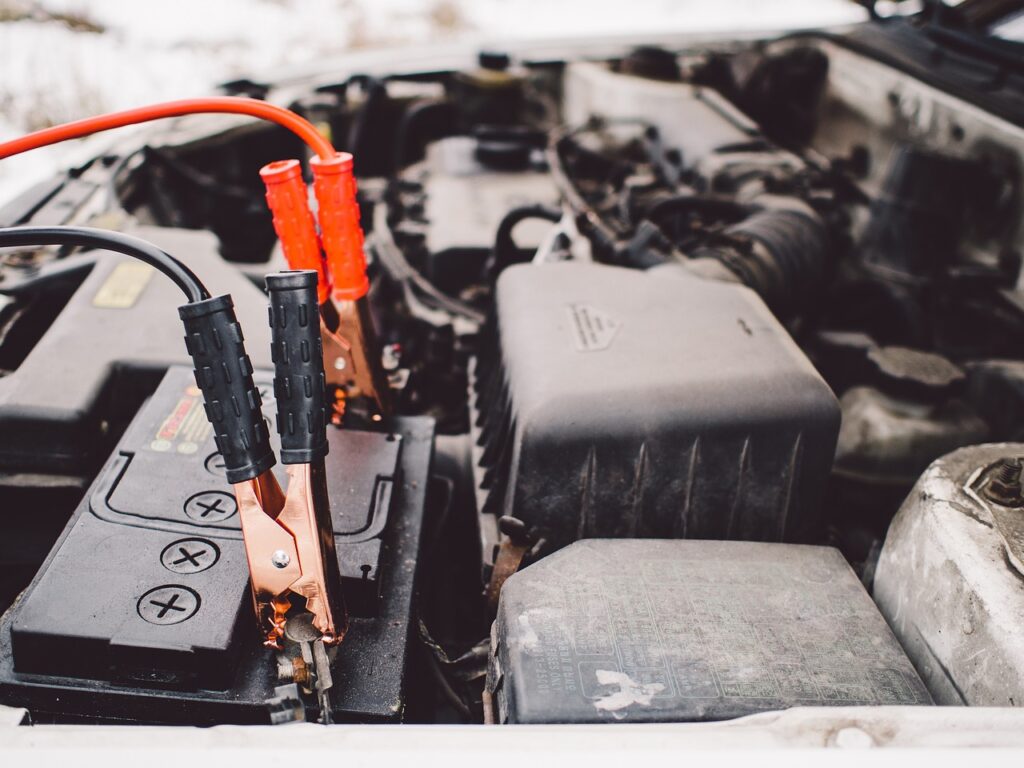
A dead battery can ruin your trip.
- Battery Charge: Check the battery charge using a multimeter. It should read around 12.6 volts.
- Battery Terminals: Ensure the terminals are clean and free of corrosion. Tighten any loose connections.
4. Check Your Lights
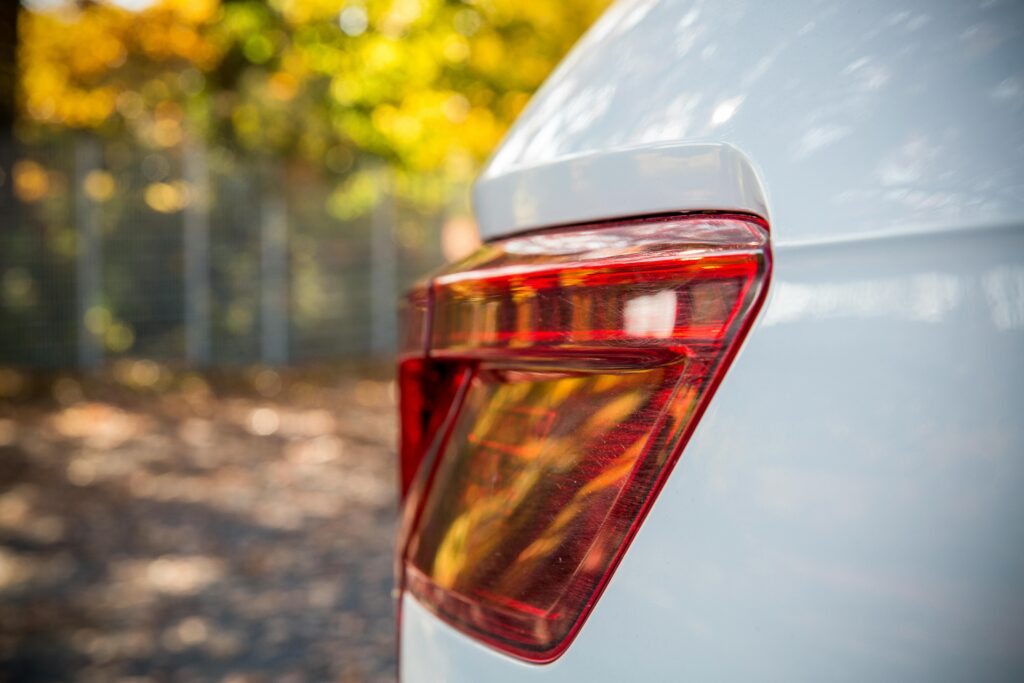
Properly functioning lights are essential for visibility and safety.
- Headlights: Check both high and low beams.
- Brake Lights: Ensure all brake lights illuminate when the brake pedal is pressed.
- Turn Signals and Hazard Lights: Make sure all indicators are working.
- Interior Lights: Check dashboard and other interior lights.
5. Inspect Your Brakes
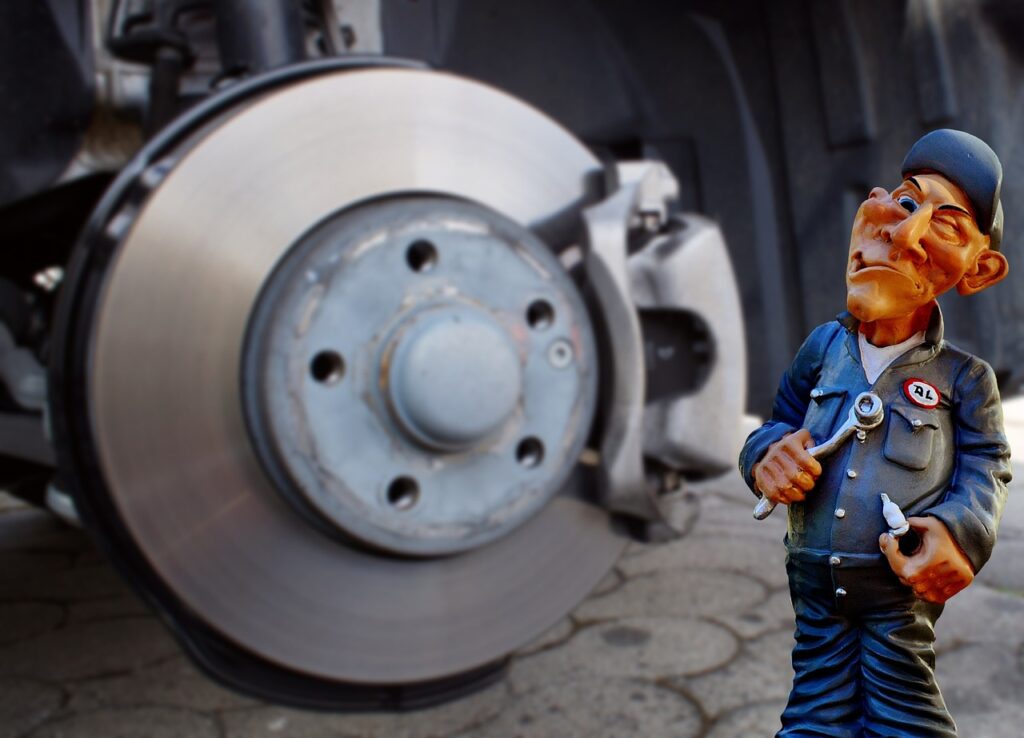
Brakes are crucial for your safety.
- Brake Pads: Listen for any squealing or grinding noises when braking, which could indicate worn brake pads.
- Brake Rotors: If you feel vibrations when braking, your rotors might need attention.
6. Emergency Kit
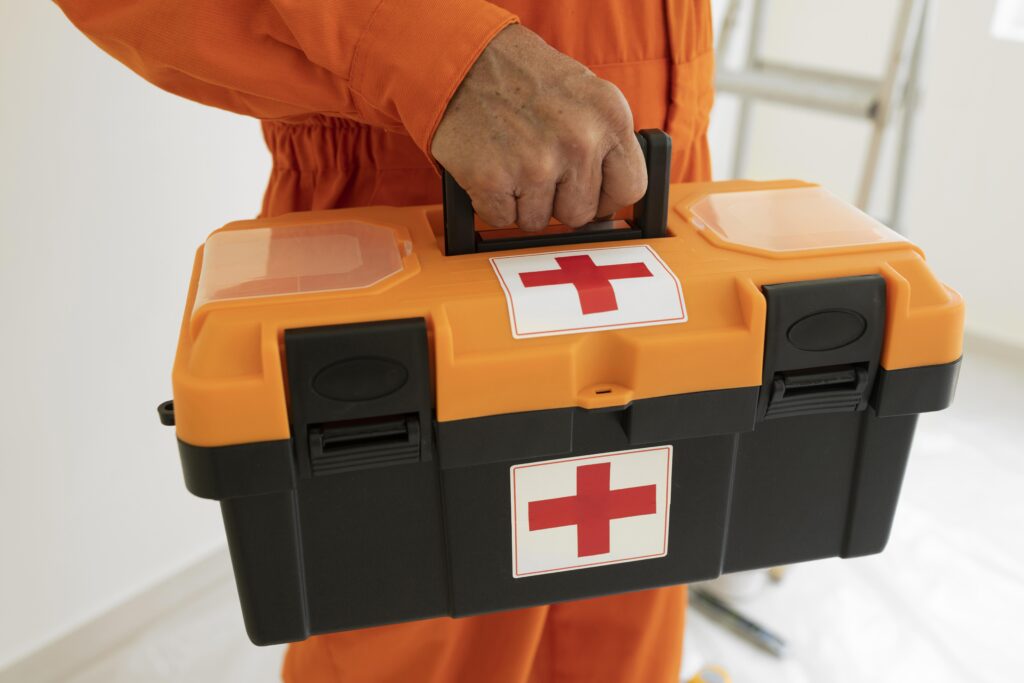
Having an emergency kit can make a significant difference in case of an unexpected situation.
- First Aid Kit: Include bandages, antiseptic wipes, pain relievers, and other basic medical supplies.
- Tools: Carry a basic tool kit, including a jack and lug wrench for tire changes.
- Jumper Cables: Essential for dealing with a dead battery.
- Flashlight: A flashlight with extra batteries can be a lifesaver at night.
- Blankets: Keep warm in case of a breakdown.
- Water and Snacks: Stay hydrated and have energy while waiting for assistance.
7. Other Essentials
- GPS and Maps: Ensure your GPS is up-to-date and have paper maps as a backup.
- Spare Tire: Ensure your spare tire is in good condition and properly inflated.
- Fire Extinguisher: A small fire extinguisher can be crucial in emergencies.
- Phone Charger: Keep a car charger for your phone to stay connected.
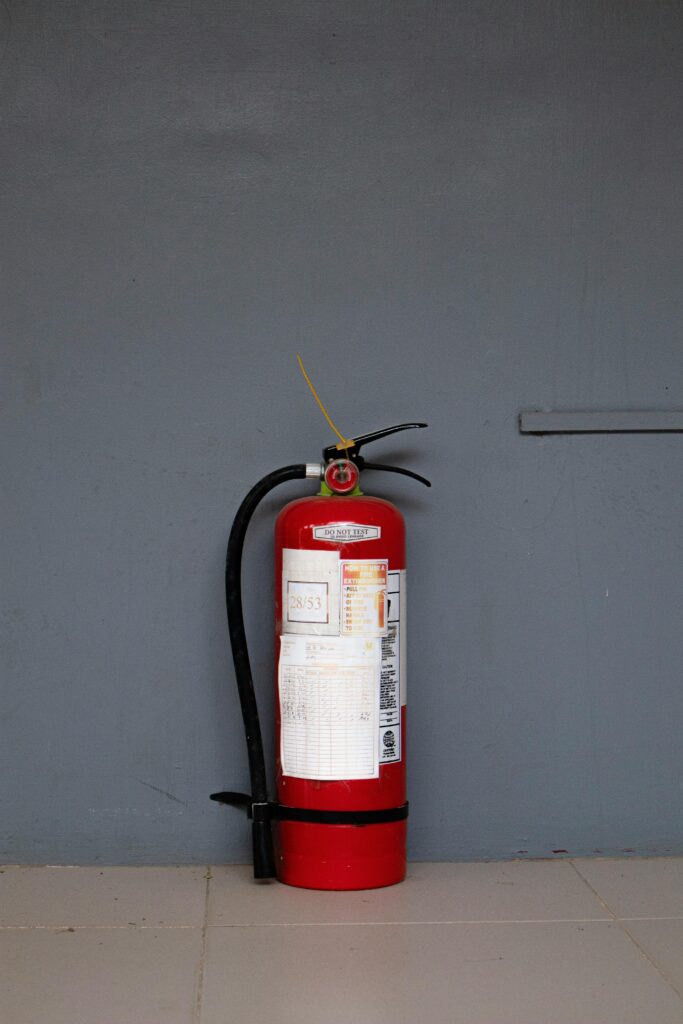
Taking the time to inspect your vehicle before a road trip can save you from potential headaches and ensure a safe journey. Regular maintenance and being prepared for emergencies are key to enjoying your adventure on the road.

